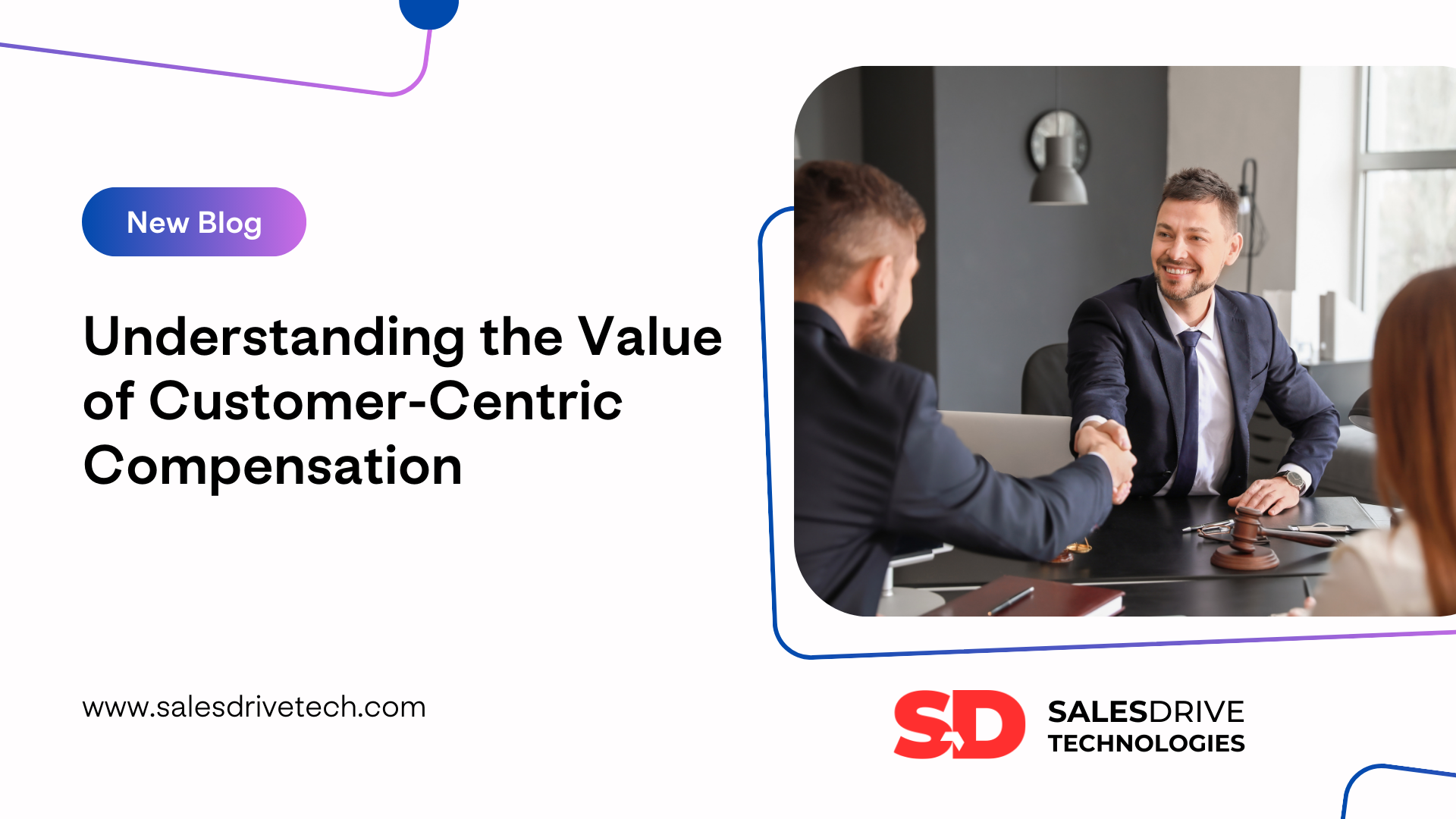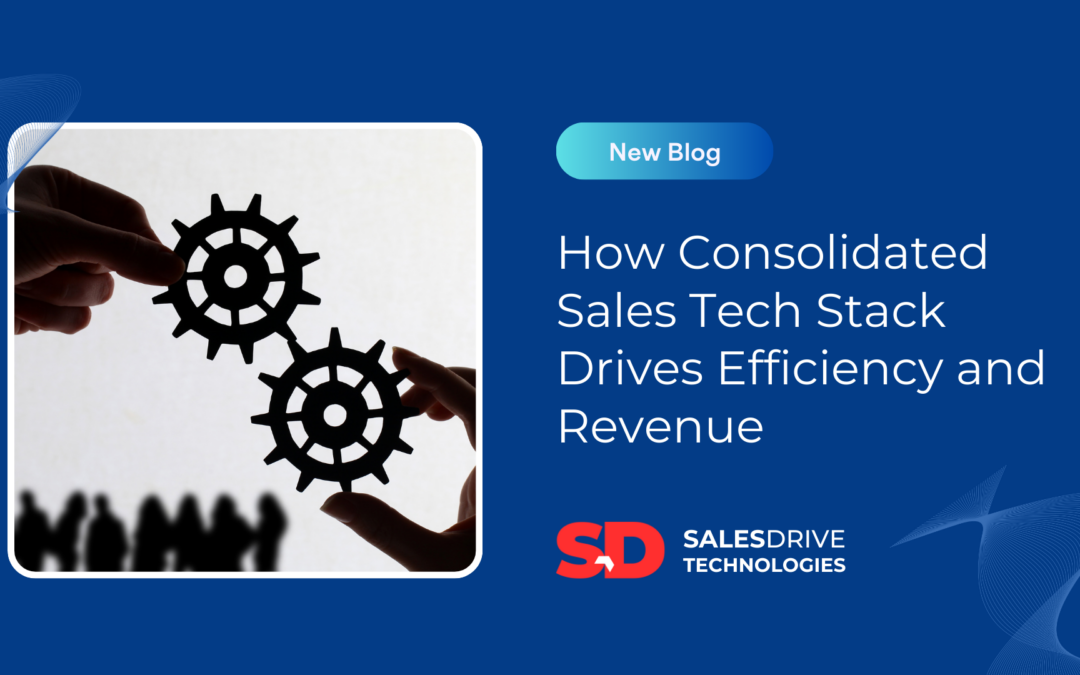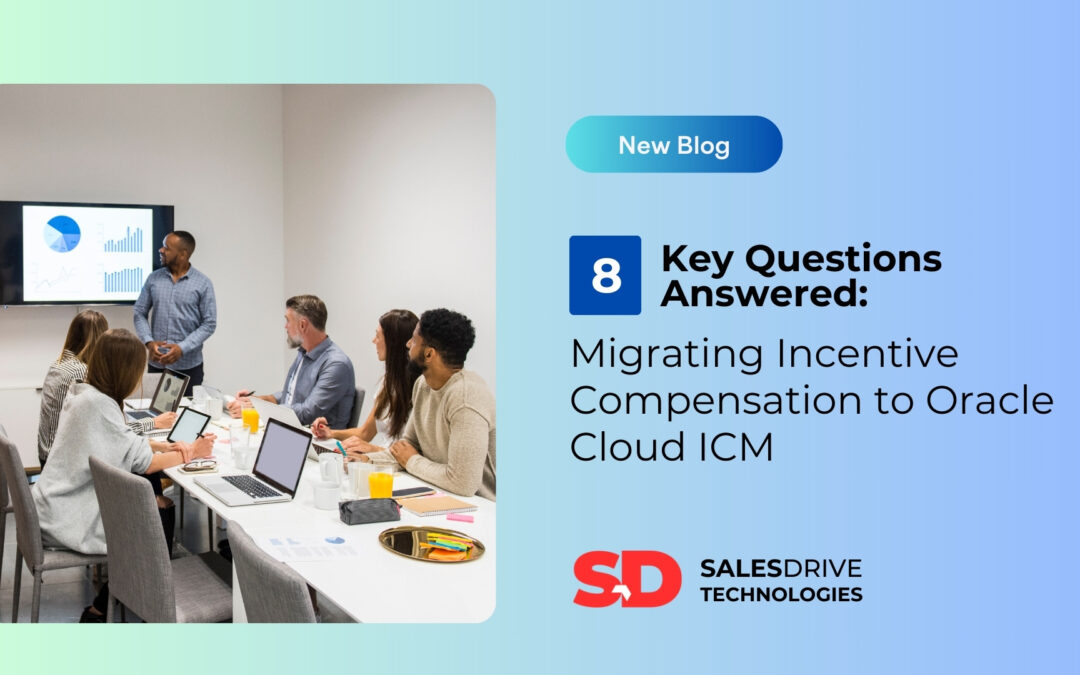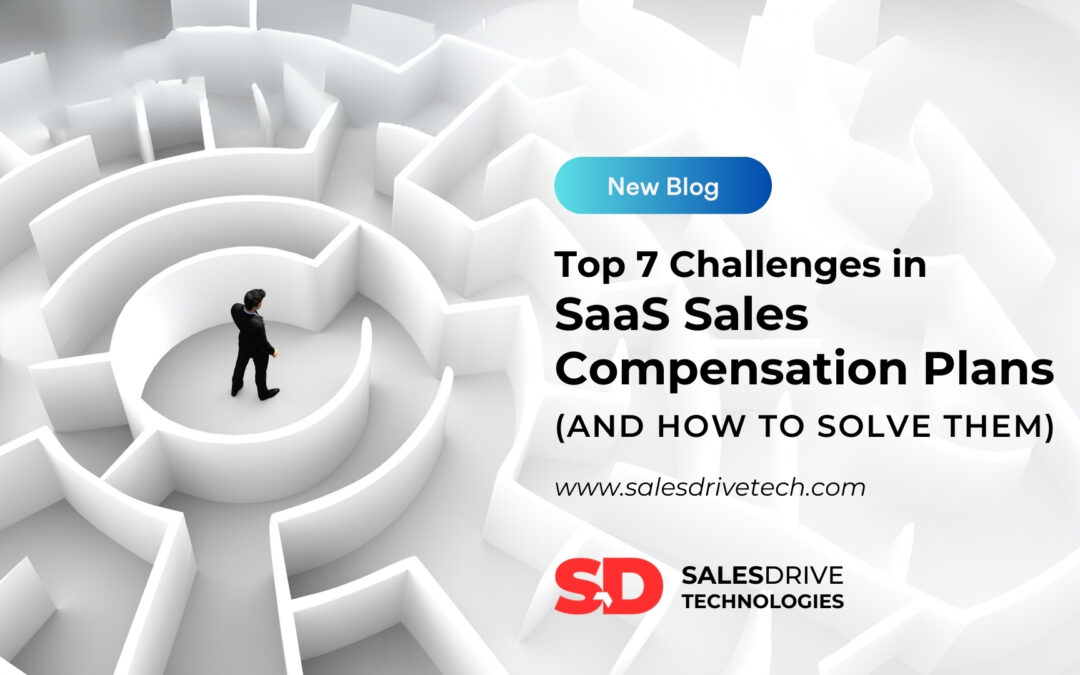The customer is king. This timeless adage remains as true today as it ever was. Yet, in the fast-paced world of business, the focus has often shifted to short-term gains, neglecting the importance of building lasting customer relationships.
Traditional compensation models, tied to metrics like closed deals and quotas, have inadvertently encouraged a sales culture that prioritizes quantity over quality. This approach can lead to a sales culture that focuses on new customer acquisition at the expense of nurturing existing relationships. As a result, businesses may miss out on opportunities for growth and repeat business, and ultimately, customer churn.
By implementing customer-focused compensation structures, businesses can empower their sales teams to think like partners driving revenue and overall growth of the organization .
When salespeople are incentivized to prioritize customer satisfaction and long-term value, they’re more likely to deliver exceptional solutions and build stronger relationships. This not only benefits the customer but also drives sustainable revenue growth for the business.
This blog delves into the deep understanding of the impact of customer-centric compensation on sales teams and their behavior.
What is Customer-Focused Compensation?
Customer-focused compensation prioritizes and incentivizes behaviors that enhance the customer experience. It emphasizes actions that contribute to building long-term customer relationships rather than just short-term sales wins. By focusing on what matters most to customers, companies can achieve sustainable growth and a stronger brand reputation.
Core Principles of Customer-Focused Compensation
To create an effective customer-focused compensation system, there are four key principles to follow:
Rewarding Customer-Beneficial Actions
Compensation should be linked to behaviors that enhance customer experiences, such as incentives for boosting retention or repeat business through bonuses tied to retention rates or satisfaction scores.
Alignment of Employee Goals
Employee objectives must align with customer needs to motivate actions that improve service and customer satisfaction.
Measuring Customer-Centric Metrics
Use metrics like retention rates and customer lifetime value to evaluate employee performance, ensuring that compensation encourages behaviors that matter to customers.
Transparency in Rewards
Employees should clearly understand how their actions translate into rewards, fostering trust and recognition of their customer-focused efforts.
Benefits of Customer-Focused Compensation
Implementing a customer-focused compensation system offers significant advantages for both companies and employees:
For Companies:
- Increased Customer Loyalty: By prioritizing customer satisfaction, businesses can foster deeper connections with their customers.
- Higher Revenue: Satisfied customers are more likely to make repeat purchases, contributing to increased sales.
- Stronger Brand Reputation: A commitment to customer-centric practices enhances a company’s image in the marketplace.
For Employees:
- Increased Job Satisfaction: Employees who see the positive impact of their work on customers experience greater fulfillment in their roles.
- Sense of Purpose: Working toward customer satisfaction provides employees with a clear purpose and direction.
- Opportunities for Higher Earnings: A compensation structure that rewards customer-focused behaviors can lead to increased financial rewards for employees.
The Challenge of Defining Customer-Centric Behaviors
Defining and measuring “customer-centric” behaviors requires identifying actions that genuinely reflect a focus on customer needs and long-term value. Choosing the right metrics is essential, as metrics that do not align with desired outcomes can lead to negative consequences.
Customer-Centric Metrics
To assess customer-centric behaviors effectively, companies can use various metrics that provide insights into different aspects of customer relationships. Some common examples include:
- Customer Satisfaction Scores: Collected through surveys, these scores reflect how satisfied customers are with a product or service.
- Retention Rates: This metric measures the percentage of customers who continue to do business with a company over a given period, indicating customer loyalty and the effectiveness of retention efforts.
- Repeat Business: Tracking how often customers make repeat purchases highlights satisfaction and the strength of customer relationships.
- Market Share: This reflects a company’s position in the market relative to competitors. Growth in market share suggests effective customer attraction and retention.
- Sales Growth: An increase in sales indicates that products or services resonate with customers, but it must be evaluated alongside other factors to ensure it reflects true customer-centricity.
- Profitability: While essential for business, focusing solely on profitability can compromise customer satisfaction. A balanced approach is necessary.
Choosing and Tracking Metrics
Companies typically choose customer-centric metrics based on their specific goals, industry, and target audience. For instance, a SaaS company may prioritize retention rates and customer expansion revenue, as long-term relationships are crucial in this sector.
To track these metrics effectively, companies should:
- Establish Clear Definitions: Define each metric precisely to ensure consistent measurement and avoid confusion.
- Implement Robust Data Collection Methods: Use reliable tools, such as customer relationship management (CRM) systems and feedback surveys.
- Regularly Monitor and Analyze Data: Continuously track and analyze data to identify trends, patterns, and areas for improvement.
- Ensure Data Accuracy: Implement validation processes to maintain the reliability of data.
Cautions and Considerations
While tracking metrics is vital, relying solely on easily measurable, short-term metrics can be detrimental. For example, an exclusive focus on sales numbers might incentivize employees to use aggressive tactics that could harm long-term relationships with customers. Additionally, an emphasis on easily attainable metrics can create opportunities for manipulation, where employees prioritize meeting specific targets over genuinely satisfying customer needs.
To foster a customer-centric culture, companies should:
- Focus on a Balanced Set of Metrics: Use a combination of metrics that reflect both short-term performance and long-term customer value.
- Emphasize Behaviors: Reward behaviors that promote customer satisfaction, such as proactive communication, problem-solving, and building trust.
- Create a Customer-Focused Culture: Develop an organizational culture that values customer relationships and prioritizes customer satisfaction at all levels.
Combining Financial and Nonfinancial Rewards
Combining financial and nonfinancial rewards creates a motivating atmosphere that supports both individual and organizational success. This approach acknowledges the multifaceted nature of employee motivation and leverages different incentives to drive desired behaviors.
For instance, a company might implement:
- Financial rewards, such as performance-based bonuses linked to customer satisfaction metrics, to encourage employees to meet specific goals.
- Nonfinancial rewards, like recognition programs or opportunities to attend customer-focused training workshops, such as Fidelity’s Customer Experience Ambassador program, to reinforce a customer-centric mindset.
Key Trends Shaping the Future of Customer-Centric Compensation
1. Increasing Use of Data Analytics
Data analytics is becoming essential in tracking customer behavior and measuring employee impact. Companies can leverage sophisticated analytics tools to gain insights into customer satisfaction, retention rates, and expansion revenue. This data-driven approach enables organizations to design compensation plans that incentivize employees to engage in behaviors that directly enhance the customer experience.
2. Growing Popularity of Gamification
Gamification is gaining traction as a motivational tool in the workplace. By incorporating game mechanics such as points, badges, and leaderboards, companies can create a more engaging work environment. For example:
- Employees can earn points for meeting customer satisfaction targets.
- Leaderboards can rank employees based on their performance in customer-centric metrics.
- Badges can be awarded for completing customer service training.
This strategy not only fosters competition but also makes work more enjoyable, increasing employee engagement and productivity.
3. Shift Towards Personalized Compensation Plans
Personalized compensation plans are emerging as a crucial trend, reflecting the recognition of individual strengths and contributions. Companies are beginning to offer:
- A menu of benefits that employees can choose from based on their unique needs.
- Flexible work arrangements tailored to individual preferences.
- Opportunities for skill development aligned with employees’ interests and career goals.
This personalized approach can enhance employee satisfaction and motivation, resulting in improved performance and a stronger focus on customer needs.
As you consider implementing these transformative strategies, Partnering with the right technology provider can streamline your implementation and empower you to track, analyze, and optimize your compensation strategy with ease.
Salesdrive Technologies offers a comprehensive suite of solutions designed to simplify incentive compensation management. Our platform allows you to:
- Focus on what matters most: Spend less time managing complex spreadsheets and more time nurturing customer relationships.
- Empower your sales team: Provide your team with the tools and incentives they need to build long-term customer partnerships.
- Drive sustainable growth: Cultivate a culture of customer-centricity and reap the rewards of loyal, satisfied customers.
By investing in a customer-centric approach, not just through compensation but also company culture and leadership, you’ll cultivate a loyal customer base, a thriving business, and a team of passionate advocates for your brand.




